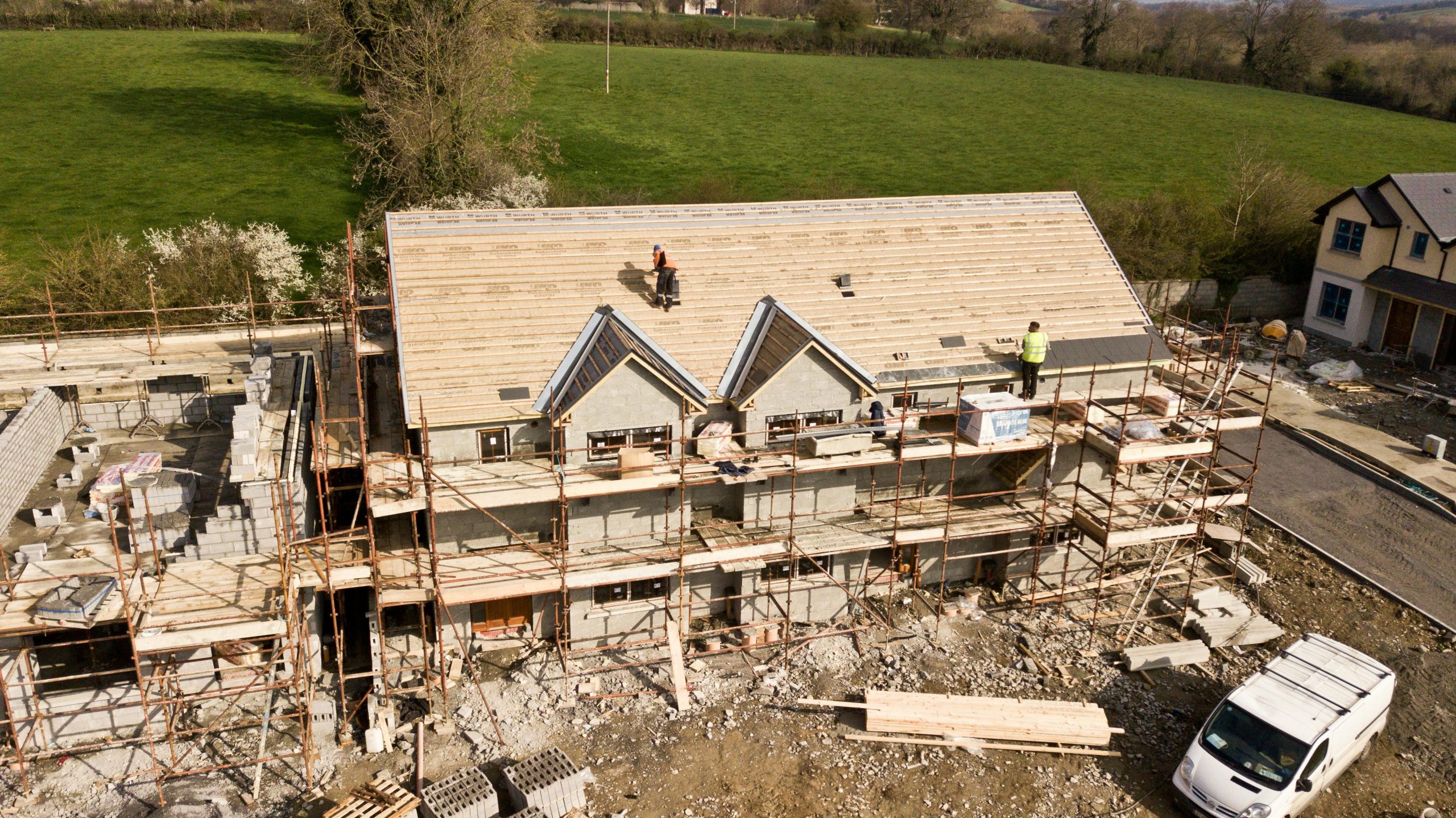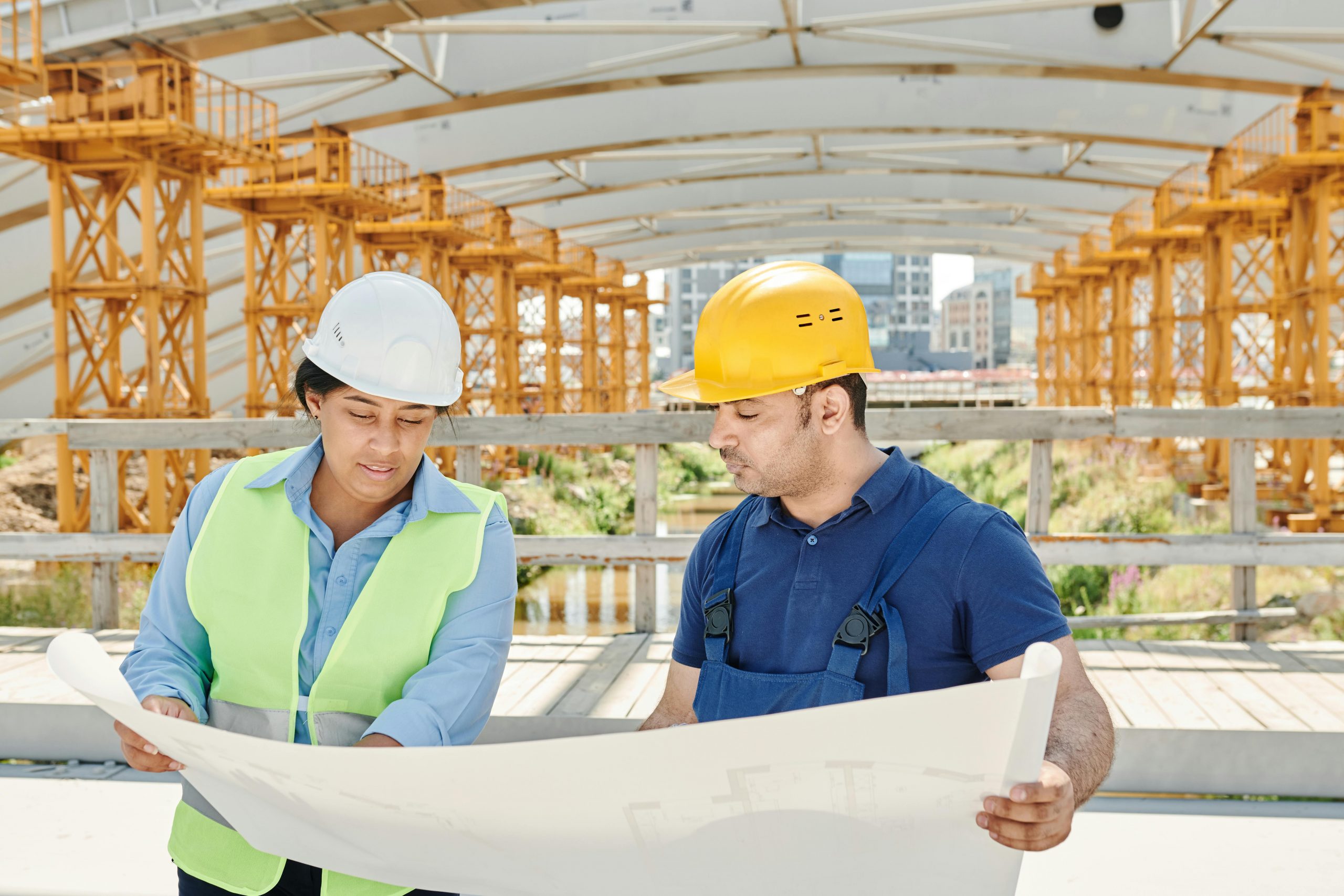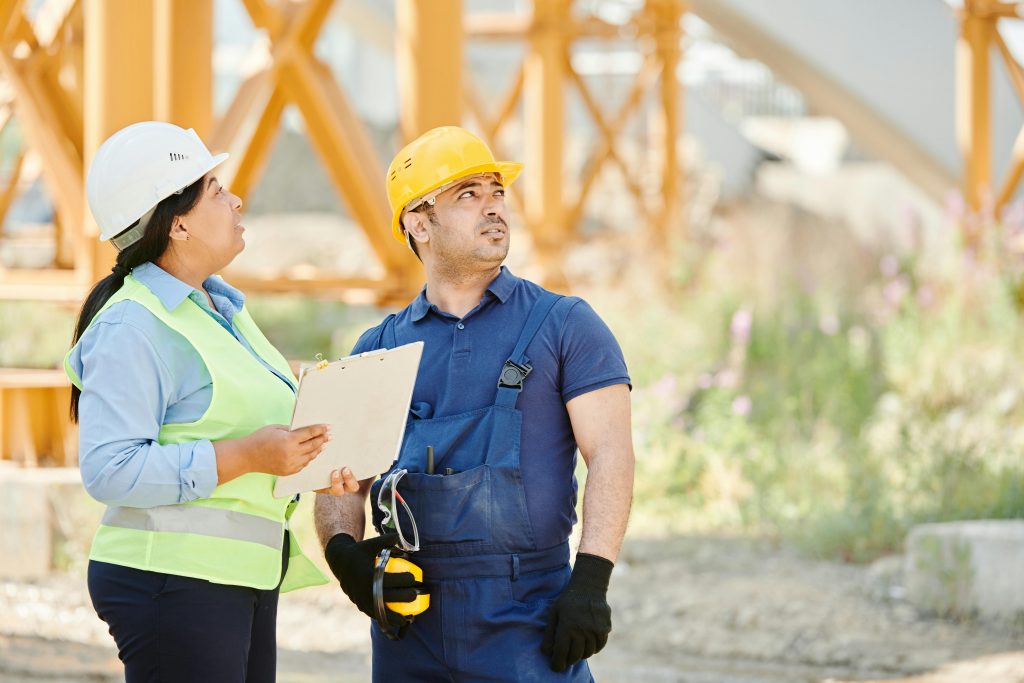Highlights
- Prepare your property in advance to minimize hazards and delays.
- Maintain a clear safety perimeter and keep children and pets indoors.
- Communicate regularly with contractors and operators about schedules and safety rules.
- Understand your role and responsibilities before, during, and after the lift.
- Have an emergency plan ready, including contact numbers and evacuation routes.
- Inspect your property after the job to ensure no damage was missed.

Crane operations aren’t just for large-scale commercial builds—they are increasingly common in residential projects, from installing roof trusses to placing pools and prefabricated sheds. Having a crane working in your driveway or backyard can be intimidating, but proper planning and communication can make the process smooth and safe.
Below, you’ll find a comprehensive guide to keeping your property and family safe during crane operations.
Understanding the Risks of Crane Operations
Crane operations introduce unique risks that homeowners might not anticipate. Heavy machinery, swinging loads, and elevated work areas mean that even small mistakes can cause damage or injury.
Common risks include:
- Falling Objects: Any load lifted by a crane could slip, swing, or drop unexpectedly.
- Tip-Overs: Though rare, improper crane setup or unstable ground can cause tipping accidents.
- Equipment Malfunctions: Hydraulic or mechanical issues may lead to sudden, unsafe movements.
- Unauthorized Entry: Curious neighbors or kids wandering into the site can create hazards.
Being aware of these risks is the first step toward taking precautions. Homeowners who understand potential dangers are better prepared to work with their contractors and maintain a safe environment.
Preparing Your Property for Crane Work
Proper preparation can make a major difference in how efficiently and safely the job is completed. A little planning ahead ensures that your property, crew, and equipment are ready for the big day.
Clear the Work Area Thoroughly
Remove all vehicles, outdoor furniture, grills, potted plants, garden decorations, and children’s toys from the work zone. Clearing the space not only prevents accidental damage but also creates a safer environment for workers and equipment. If possible, rope off the area or use cones to make sure no one accidentally enters the crane’s operational zone.
Protect Driveways, Lawns & Surfaces
Crane trucks and support vehicles can be extremely heavy, which can damage driveways, sidewalks, and lawns. Lay down thick plywood sheets or steel plates in areas where trucks will drive or park. This helps distribute the weight and prevents cracking, rutting, or sinking in soft soil. If you’re concerned about landscaping, consider temporarily relocating delicate plants or flower beds.
Provide Clear & Safe Access Routes
Ensure that the path to the worksite is free of obstructions. Trim overhanging branches, remove low-hanging wires if possible, and unlock gates in advance. If access is tight, talk with your contractor about whether additional clearance might be needed. The easier it is for trucks and equipment to maneuver, the faster the setup process will be.
Plan for Pedestrian & Vehicle Traffic
If the crane setup will block part of the street or sidewalk, work with your contractor to arrange for temporary barriers, signage, or flaggers to guide traffic safely. This keeps both neighbors and pedestrians safe and prevents unexpected interruptions.
Communicate with Neighbors Early
Inform nearby residents about the project well in advance. Share approximate start and end times, potential noise levels, and any street closures. Friendly communication can prevent complaints and allows neighbors to move their vehicles if needed.
Keep pets and children indoors or away from the work zone during the entire operation. Curious kids and animals can be at risk near heavy equipment, so set clear boundaries before work begins.
By taking these steps ahead of time, you make the job safer and easier for everyone involved. A well-prepared site helps crane operators set up faster, reduces the chance of delays, and minimises the risk of property damage.
Staying Safe During Crane Operations
Once the crane is in place and the job begins, maintaining a safe environment is critical. Homeowners play an important role in keeping everyone protected.
Establish a Safety Perimeter
The crane crew will set up a safety zone—stay outside of it. Avoid walking underneath suspended loads or near the crane’s swing radius.
Keep Pets and Children Indoors
Young children and animals can be unpredictable. Keeping them inside prevents distractions and potential accidents.
Wear Protective Gear if Observing
If you plan to watch closely, wear basic protective gear such as a hard hat and safety glasses. This is especially important if debris or dust may fall.
Follow Instructions from the Crew
The signal person or crane operator may need to stop work if someone enters a dangerous area. Respect their authority and follow all directions to keep the project moving.
Stay Alert
Pay attention to swinging loads, moving trucks, and any unexpected changes in the environment, like wind gusts or equipment noise, which can indicate a problem.
Communication with Contractors & Operators

Good communication is one of the most underrated ways to keep a project safe and on schedule. Before the work begins, ask your contractor for a short pre-lift briefing. They should explain:
- The exact time the crane will arrive.
- Where it will be positioned.
- What is being lifted and where it will be placed.
- How long the operation is expected to last.
Daily updates are valuable for longer projects. Some homeowners even use project management apps or shared digital calendars to stay informed about schedule changes. If you are working with a crane company that prioritizes communication, you’ll likely experience fewer delays and a smoother workflow.
Quick Safety Checklist
Before the lifting begins, take a moment to run through this safety checklist:
- Wear gloves and safety glasses if you’ll be near the work zone.
- Turn off and secure vehicles in the area.
- Work in a well-ventilated area—battery-powered equipment can release fumes.
- Keep open flames, cigarettes, and sparks away from the crane site.
- Remove loose metal objects from the area to prevent accidental short circuits or hazards.
These steps may seem simple, but they can prevent serious injuries and expensive property damage.
Emergency Preparedness for Homeowners
Even with good planning, things can go wrong. Having an emergency plan in place is essential.
- Know Your Evacuation Routes: Identify safe areas to go if you must leave quickly.
- Keep a First Aid Kit Handy: Include bandages, antiseptic, and basic medical supplies.
- Store Emergency Contacts: Have the contractor’s number, crane operator’s number, and local emergency services saved in your phone.
- Be Ready to Call for Help: If you see a dangerous situation developing, alert the crew immediately or contact emergency responders.
Quick action can make a significant difference if an incident occurs.
Legal & Insurance Considerations
Crane operations can involve significant liability. Protect yourself by verifying the following before work begins:
- The crane operator is properly licensed and certified.
- The contractor and crane company carry adequate insurance.
- Your homeowner’s insurance policy covers construction-related damage.
Asking for proof of insurance and certifications is a reasonable request and ensures everyone is covered in case of an accident.
Post-Operation Safety and Inspection
After the crane leaves, take time to inspect your property carefully.
- Check Driveways and Lawns: Look for cracks, ruts, or other damage caused by heavy equipment.
- Inspect Roof and Structure: If materials were lifted onto your home, ensure there was no collateral damage.
- Remove Temporary Barriers and Debris: Safely clear away cones, boards, or other safety measures that were put in place.
- Document Issues Promptly: Report any damage to your contractor as soon as possible to ensure it is addressed quickly.
Doing this final walkthrough ensures your home and property are returned to good condition and helps catch issues before they become long-term problems.
Conclusion
Crane operations can seem intimidating, but with preparation, awareness, and communication, they can be completed safely and efficiently. As a homeowner, you play a critical role in keeping your property, family, and neighbors safe.
By clearing your property, respecting safety zones, staying informed about scheduling, and having an emergency plan, you can ensure the project runs smoothly and on time. Crane work doesn’t have to be stressful—when everyone follows best practices, it can be a safe and productive part of your home improvement journey.

